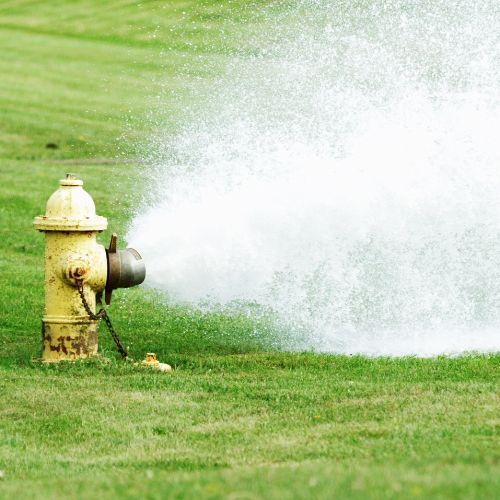Mastitis: How Ultrasound Therapy Can Help

Understanding Mastitis & How Physiotherapy Can Help
Mastitis is one of the most common challenges faced by breastfeeding women — and it can be incredibly painful and distressing. But the good news? With the right support and early intervention, recovery is usually quick, and breastfeeding can continue comfortably.
What Is Mastitis?
Mastitis is inflammation of the breast tissue, often caused by milk not draining properly (known as milk stasis). When milk remains trapped, it can irritate the tissue and lead to swelling, pain, and sometimes infection.
Common signs and symptoms include:
- Localised breast pain, tenderness, or burning
- A firm, red, or hot area on the breast
- Swelling or lumpiness
- Fever, chills, and flu-like symptoms
- Feeling generally unwell or fatigued
It’s important to seek help early — untreated mastitis can worsen quickly and may require medical treatment such as antibiotics.
How Physiotherapy & Ultrasound Therapy Can Help
Many people are surprised to learn that women’s health physiotherapists can play an important role in managing mastitis. Alongside medical care and lactation support, physiotherapy can help reduce pain, inflammation, and improve milk flow — especially when using therapeutic ultrasound.
What Is Therapeutic Ultrasound?
Therapeutic ultrasound uses gentle sound waves to help soften and disperse blockages within the breast tissue. The treatment is non-invasive, painless, and supported by evidence for its role in improving symptoms and promoting recovery.
Ultrasound therapy can help to:
- Break down blocked ducts
- Reduce inflammation and swelling
- Improve milk drainage and flow
- Relieve pain and discomfort
- Support faster healing
Sessions are typically short and safe to continue while breastfeeding.
Beyond Ultrasound: Comprehensive Care
At your physiotherapy appointment, we’ll do more than just treat the symptoms. We’ll look at the whole picture — what may have contributed to the blockage, and how to reduce the risk of it happening again.
This may include:
- Reviewing your feeding or pumping techniques
- Recommending gentle self-massage and drainage methods
- Providing positioning advice for better milk flow
- Teaching preventative strategies for future episodes
Every treatment plan is tailored individually — because every feeding journey is different.
When to See Your GP
If you experience fever, chills, or flu-like symptoms, or if your symptoms do not improve within 24–48 hours of treatment, it’s important to see your GP. Antibiotics may be needed alongside physiotherapy.
The Takeaway
Mastitis can be painful — both physically and emotionally — but it’s also very treatable. Early intervention and the right combination of care from your GP, lactation consultant, and women’s health physio can make a world of difference.
Ultrasound therapy is a safe, gentle, and effective part of that recovery — helping you get back to feeding comfortably, confidently, and pain-free.
More from the blog







